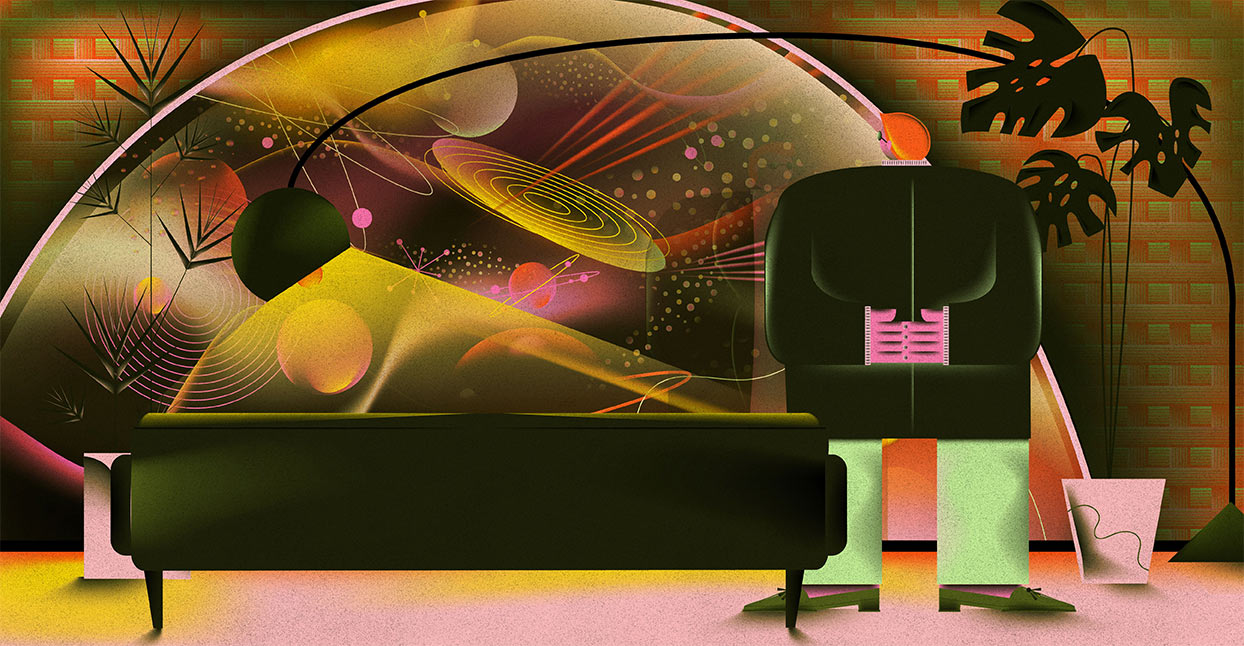
The 1957 liner notes for Arthur Lyman’s The Legend of Pele do a good job of summing up the general aesthetic of exotica:
Casting aside her cloak of molten lava, she displayed herself as the ever-glorious fire goddess with all the flame of youth, beauty, love and passion. In this fantastic setting, Pele knows all.
With these words, Lyman is going for something specific—striving to evoke “youth, beauty, love and passion” in a deliberately “fantastic setting.” The goal is to take the listener not to any one specific geographical place, but to a world that evokes an exciting “somewhere.” In exotica, the world becomes a comfortably strange tourist destination, with plastic palm fronds and animatronic beasts roaring at a measured remove. It’s kitschy and fake—and part of the excitement is that, when you cut yourself loose from authenticity, you can create anything.
The evocation of the faraway as fantasyland preceded exotica itself. Classical musicians like Debussy and Stravinsky had a repertoire of musical devices to convey that feeling, like drones, pentatonic scales, wordless vocals, or unusual percussion. Musicians in the late ‘40s and ‘50s such as Les Baxter consciously repackaged these tropes in a jazzier setting for suburban pop audiences. Consumers could lean back by their hi-fi and imagine themselves swooping around the globe. Alternately, they could let the spritely, bubbling sounds fade in and out of the background as they sipped martinis in a hotel lounge.
The first wave of exotica often relied on ham-fisted and, frankly, problematic stereotypes about Africa, Latin America, and Polynesia. But it also opened the genre to musicians from an unusually wide range of backgrounds. Arthur Lyman himself was of native Hawaiian, European, and Chinese descent. The amazing four-octave-voiced Yma Sumac was from rural Peru; Sondi Sodsai was from Thailand. Cuban musicians like Perez Prado and Xavier Cugat worked in exotica as well.
The rise of rock and R&B pushed exotica gradually out of the mainstream in the late 1950s and ’60s. Today, the music is something of a marginal sound itself—which can make it a source of inspiration. Jared Marin, the vocalist and guitarist of neo-exotica band Healing Gems, compares his discovery of exotica to that of a new, lost world. “One of my favorite memories was driving around Bodega Bay on acid, listening to Les Baxter, Sergio Mendes, Esquivel, Walter Wanderley, and saying to each other, ‘Yeah, this is the kind of music we should make!’ At first we didn’t know of any other bands still making exotica, especially in the L.A./southern California music scene that we’ve grown up in. So it was really exciting to discover our own little sound in the endless sea of bands.”
Ecuadorian musician Nicola Cruz says that for him, exotica created a kind of doubled perspective on his own country, which opened up musical possibilities. The landscapes of exotica “were mainly fantasies,” he says, but “this abstraction is highly compatible with music.” He adds that “as a South American, it’s funny how this land was—and sometimes still is—perceived. It’s supposed to be very primitive, jungle and mystery all around. There’s some ignorance and naivete to that vision. But from a musical perspective, it can lead to something very creative and imaginative.”
Below is a list of some of the best exotica on bandcamp, from the genre’s initial rise, to its heydey, to the present.
Sun Ra
Sun Ra Exotica


Sun Ra isn’t generally thought of as an exotica artist. But his style, with sophisticated string arrangements, unusual percussion, and complex arrangements, was strongly influenced by Les Baxter, Martin Denny, and others. Ra’s interest in using music to create portraits of imaginary realms—whether on Saturn or somewhat nearer to hand as in “The Nile (Part 1)” or “Planet Earth”—was also in line with the genre. This reissue of tracks from 1956 to 1968 of Ra’s most clearly Exotica-themed songs is a brilliant recontextualization. It simultaneously brings Ra to earth, and sets the Exotica genre soaring into the spaceways.
Pink Martini
Sympathique

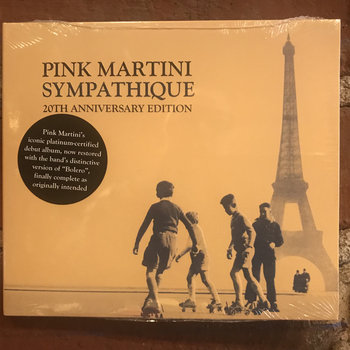

Compact Disc (CD)

Exotica experienced a major revival in the 1990s. Classic albums were reissued, new compilations were released, and musicians like Pink Martini’s Thomas M. Lauderdale began to update the sound. Sympathetique, first released in 1998, is a languid retro lounge romance, heavy with ‘50s standards like “Que Sera Sera” and “Brasil.” The highlight is the pop-ification of Maurice Ravel’s “Bolero,” which shows just how much exotica borrowed from earlier composers.
Mr. Ho’s Orchestrotica
The Unforgettable Sounds of Esquivel


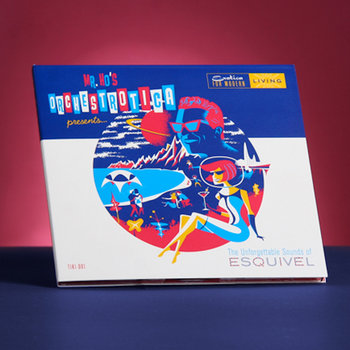


Compact Disc (CD)



Mexican band leader Juan García Esquivel wrote idiosyncratic lounge music in the ’50s and early ’60s. On this 2011 effort, Mr. Ho’s Orchestrotica, one of the most well-known and successful retro-exotica outfits, lovingly recreates tunes associated with the master. The core quintet is augmented by a plethora of guest stars and vocalists (including Final Fantasy video game percussionist Noriko Terada). Ellington’s “Take the A Train” is turned into a Latin shimmy, with an orgasmic female chorus miming the sound of the train pulling out of the station, while Esquivel’s own go-go novelty “Mini Skirt” is larded with the full complement of bump, grind, and whistle.
Kilimanjaro Darkjazz Ensemble
Xtabay


The Dutch band Kilimanjaro Darkjazz Ensemble is usually classified as trip-hop or post-rock. But their smooth, jazzy vibe and fascination with distant settings (starting with Kilimanjaro) suggests an exotica influence, as they acknowledge on this 2012 single. “Xtabay” is a Mayan myth about a female demon; the amazing Peruvian exotica singer Yma Sumac used it as a theme for her debut 1950 album, Voice of the Xtabay. KDE’s take on the myth doesn’t try to imitate Sumac’s vocal gymnastics, instead evoking mystery and menace through the slow accretion of dark drones, chimes, wordless moans, and odd distant rhythms. All of the hallmarks of exotica are here, just abstracted and turned into ambient wallpaper. It’s almost more exotica than exotica itself.
Romperayo
Romperayo


Vinyl LP

Colombian percussionist Pedro Ojeda’s Romperayo is a joyous melange of Latin rhythms, topped off with frankly cheesy synthesizers and electronica goofiness. It’s steeped in actual Latin American music, in contrast to classic exotica. But the air of experimentation and the lack of concern for authenticity—from the distorted chanting vocals on “Tutuna Rebajada” to the honking faux horns on “Afterparis en Colegios”—are very much in the tradition.
Satanicpornocultshop
Mystic Island


Japanese electronica collage oddballs Satanicpornocultshop chopped up samples of Hawaiian and lounge music for their 2016 release Mystic Island, creating an album that sounds like the Boredoms do exotica. Bits of steel guitar reverb start and stutter; monkeys shout over here while over there a keyboard transforms into a piano before both shatter by an incongruous funk bass. It’s a soundtrack by which to visit distant tourist traps, and watch them dissolve into piles of goo.
Monster Rally
“Sister Owls“


L.A. beatmaker Ted Feighan, Monster Rally, also samples and rearranges the sounds of classic exotica, but his cocktail is much less oddly colored than Satanicpornocultshop’s. These 2019 tracks from his forthcoming album Adventures on the Floating Island neatly capture his aesthetic. Exotica rhythms and variegated melodies are spliced together into two-minute retro journeys to distant lounges of the past.
Healing Gems
Jungle Flower


L.A. six-piece Healing Gems started writing music about four years ago; they performed their first gig by a pool “surrounded by trees and screaming peacocks that belong to the neighbors. It was the best first show we could ask for!” vocalist and guitarist Jared Marin says. The group’s 2019 EP Jungle Flower is all reverb and hip, tripped-out easy-listening beats. “Stone God” is a tribute to Les Baxter’s song of the same name, with spooky keyboards, new lyrics (“To you stone god I cry / Don’t leave me here to die!”) and a drum beat nicked from Street Fighter.
Nicola Cruz
Siku

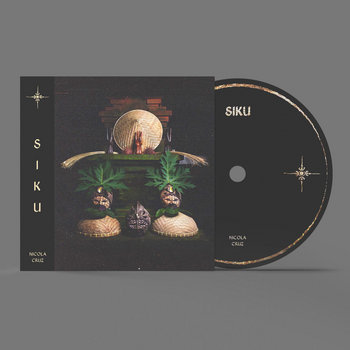
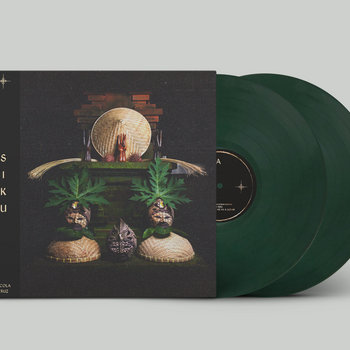

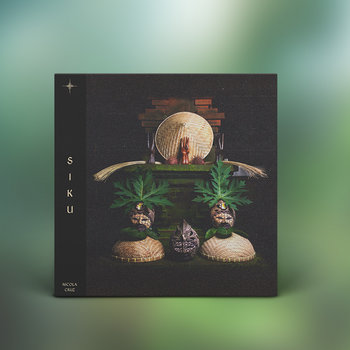

Compact Disc (CD), 2 x Vinyl LP, Vinyl LP




“The use of harmonies and treatment of space on Siku was something that was very inspired by exotica,” Nicola Cruz says of his latest album. On tracks like “Obsidiana,” the Ecuadorian musician uses bells and chromatic percussion to propel the main melody forward, but the project’s more cerebral than his songs suggest. “My albums are strongly connected to re-interpreting South American traditions, and are inspired mainly by folklore,” Cruz says. “However when these two meet—the touch of actually living the culture of a place and composing with your surroundings, and the naive act of predicting what’s behind this horizon and translating that to sound—you get a very interesting balance of reality and abstraction.” Authenticity has its place in music, but so does building your own imaginary tiki castle. As long as fantastic settings hold any appeal, musicians will continue to shimmy and lounge to the exotica sound.







